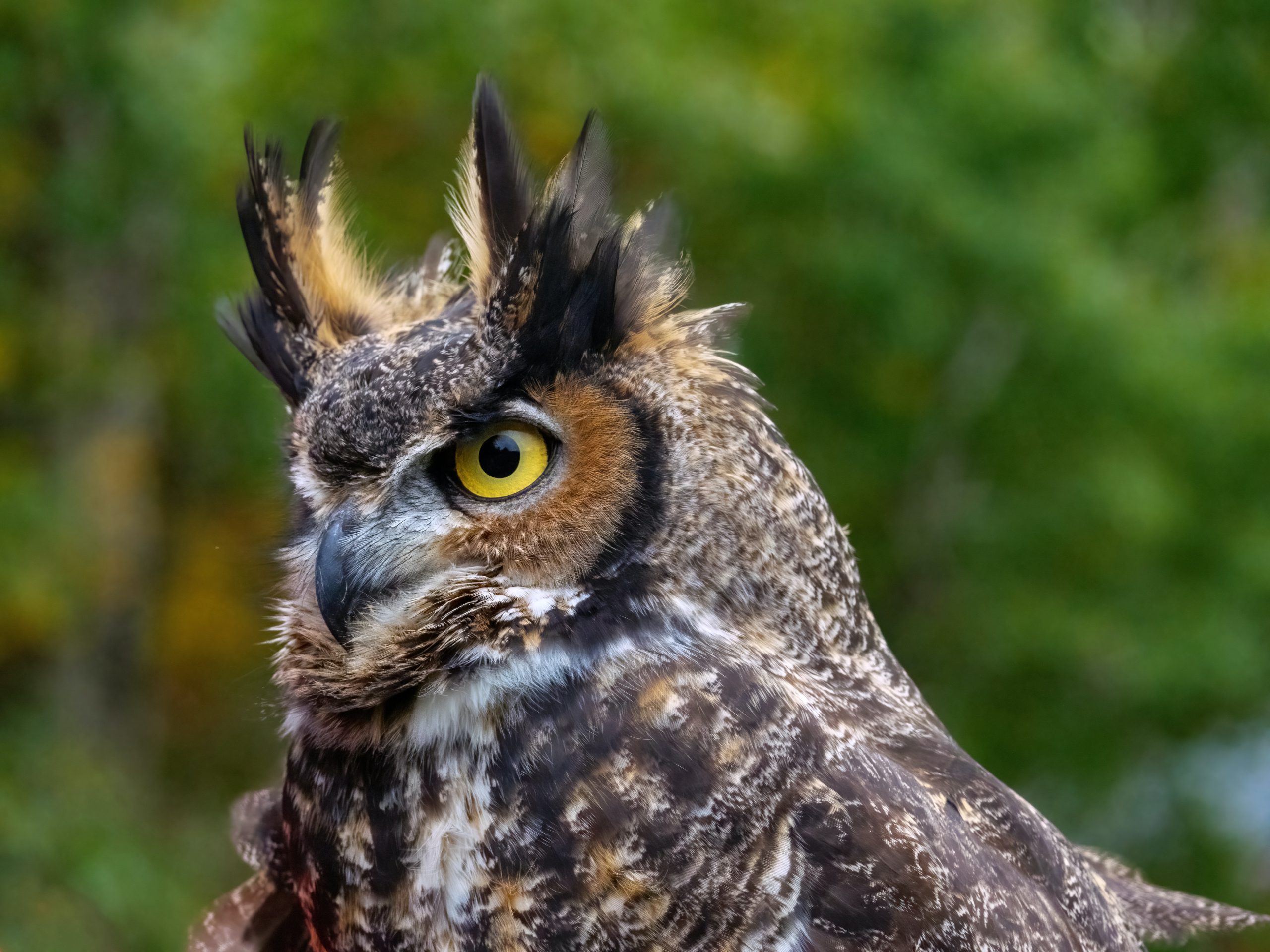Have you ever wondered how long do owls live? When it comes to the lifespan of owls, there are several factors to consider. Owls, known for their wisdom and mysterious nature, have varying lifespans depending on their species, environmental factors, and overall health. Let’s take a look at what factors contribute to the lifespan of Owls.
What is The Lifespan of an Owl?
The lifespan of an owl can range from a few years to several decades. On average, most owl species have a lifespan of around 10 to 20 years in the wild. However, some owls have been known to live much longer, surpassing the age of 25 or even reaching their 30s.
How Long Can an Owl Live?
The longevity of an owl’s life can be influenced by its developmental stages. Young owls, or owlets, face higher mortality rates due to various factors such as predation, food scarcity, or accidents.
Survival through their early years is crucial for owls to reach adulthood and increase their chances of living a longer life.
Different Species of Owls and Their Lifespans
Different species of owls have varying lifespans. For example, the Northern Saw-whet Owl has an average lifespan of around 5 years, while larger species like the Great Horned Owl can live up to 15 years in the wild.
The majestic Snowy Owl has a lifespan ranging from 9 to 10 years on average. It’s important to note that these are just general estimates, and individual variations can occur.
Why Does Owl Size Affect Lifespan?
The size of an owl can impact its lifespan. Generally, larger owl species tend to live longer than smaller ones. This can be attributed to factors such as metabolic rates, energy requirements, and predator-prey dynamics.
Larger owls often have fewer natural predators and can sustain themselves on larger prey, which may contribute to their increased lifespan.
Owls in Captivity vs Owls in The Wild
Owls kept in captivity, such as those in aviaries or wildlife rehabilitation centers, often have longer lifespans compared to their counterparts in the wild.
The absence of natural predators, access to regular food and veterinary care, and protection from environmental hazards contribute to their extended lifespans. Some captive owls have been known to live well into their 40s or even 50s.
Keeping an Owl Healthy
To promote a healthy and long life for owls, it’s essential to provide them with suitable habitats, proper nutrition, and regular veterinary check-ups.
Owls require ample space to fly, hunt, and exhibit natural behaviors. A diverse diet that mimics their natural feeding habits is crucial for their overall well-being.
Owl Life Expectancy Chart By Species
| Owl Species | Average Lifespan (Wild) | Maximum Lifespan (Wild) |
|---|---|---|
| Barn Owl | 4 years | 20 years |
| Great Horned Owl | 13 years | 38 years |
| Snowy Owl | 9 years | 23 years |
| Eastern Screech Owl | 5 years | 10 years |
| Burrowing Owl | 9 years | 15 years |
Please note that these figures are general estimates and can vary based on individual circumstances and environmental factors.
What Owl Species Lives The Longest?
When it comes to owl species with the longest lifespans, there are a few noteworthy contenders. Let’s explore some of these remarkable owl species and their impressive longevity.
Great Horned Owl
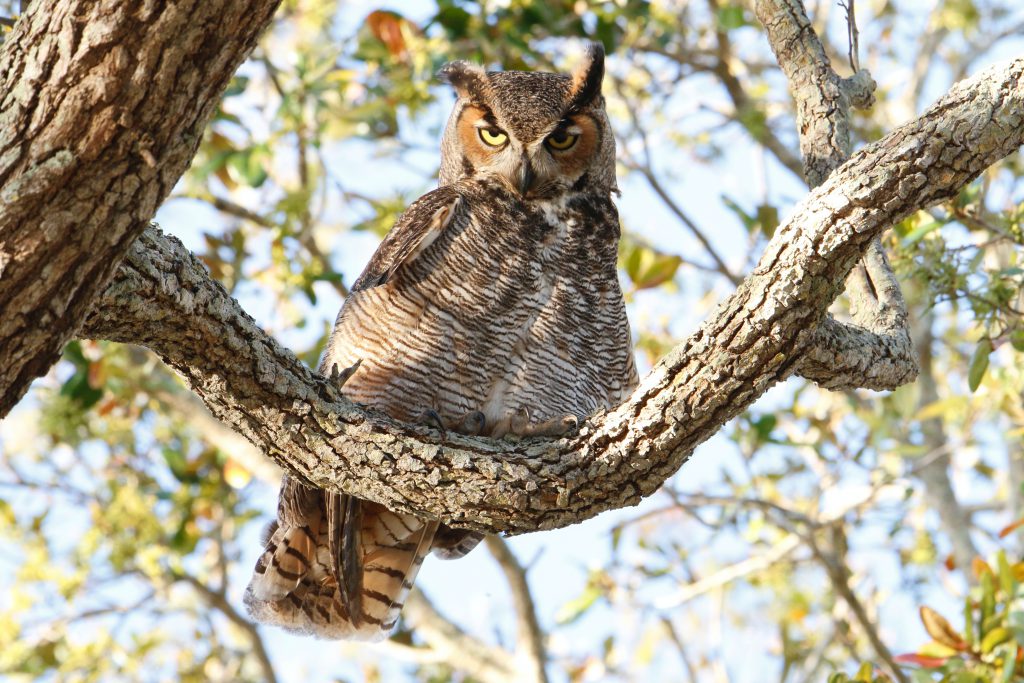
The Great Horned Owl (Bubo virginianus) is known for its large size and distinctive ear tufts. This majestic owl species has an average lifespan of around 13 years in the wild.
However, some individuals have been documented to live up to an impressive 38 years, making them one of the longest-living owl species.
Snowy Owl
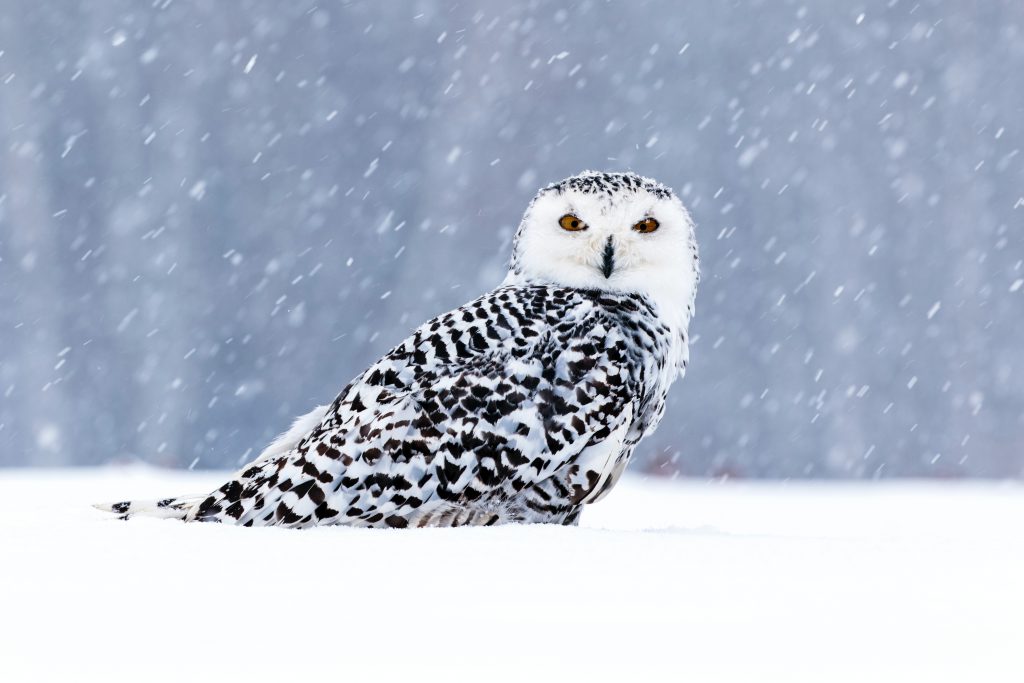
The Snowy Owl (Bubo scandiacus) is famous for its stunning white plumage and powerful hunting skills. These beautiful birds have an average lifespan ranging from 9 to 10 years in the wild.
While not as long-lived as some other owl species, Snowy Owls still have a respectable lifespan compared to many other bird species.
Barn Owl

The Barn Owl (Tyto alba) is known for its heart-shaped face and exceptional hunting abilities. Despite facing various challenges in their natural habitats, Barn Owls can live for an impressive 4 to 20 years in the wild.
This wide range in lifespan is influenced by factors such as food availability, predation risks, and environmental conditions.
Burrowing Owl
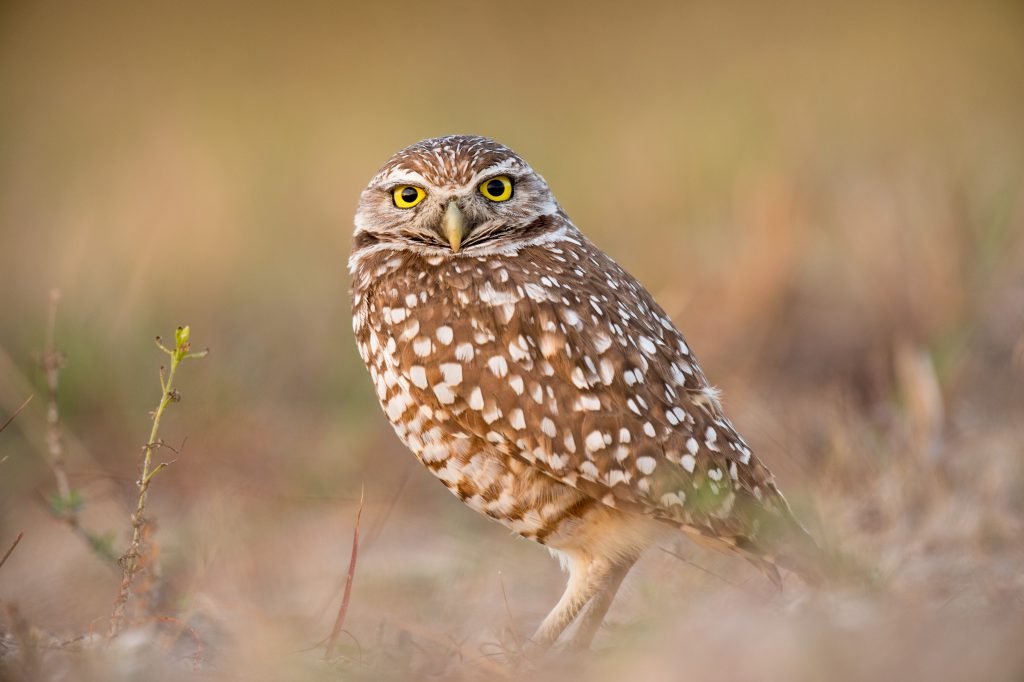
The Burrowing Owl (Athene cunicularia) is a small, ground-dwelling owl species known for its unique nesting habits. These owls have an average lifespan of around 9 years in the wild.
However, some individuals have been observed to live up to 15 years, showcasing their resilience in their often-challenging desert and grassland habitats.
Eastern Screech Owl
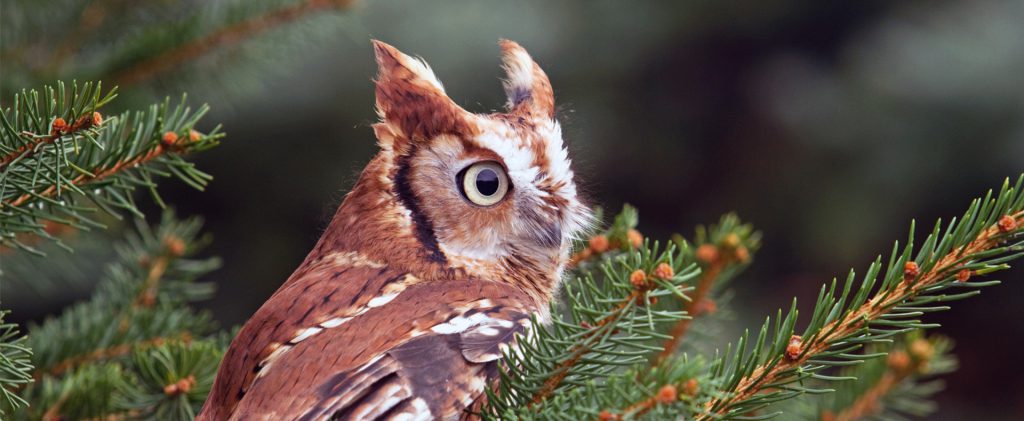
The Eastern Screech Owl (Megascops asio) is a small owl species with excellent camouflage and distinctive trilling calls. In the wild, these owls have an average lifespan of about 5 to 10 years.
While not as long-lived as some larger owl species, Eastern Screech Owls still play an important role in maintaining ecological balance.
Common Causes of Owl Deaths
Owls face various threats that can contribute to their mortality. Some common causes of owl deaths include collisions with vehicles, habitat loss, poisoning from pesticides or rodenticides, predation by larger animals, and accidents involving man-made structures.
Conservation efforts, habitat preservation, and responsible use of pesticides are essential in mitigating these risks and ensuring the survival of owl populations.
Understanding the lifespan of owls allows us to appreciate these magnificent creatures and the challenges they face throughout their lives. By protecting their habitats and taking measures to minimize human-induced threats, we can contribute to the well-being and longevity of these fascinating birds of prey.

